YOLOv8 vs Mask R-CNN: In-depth Analysis and Comparison
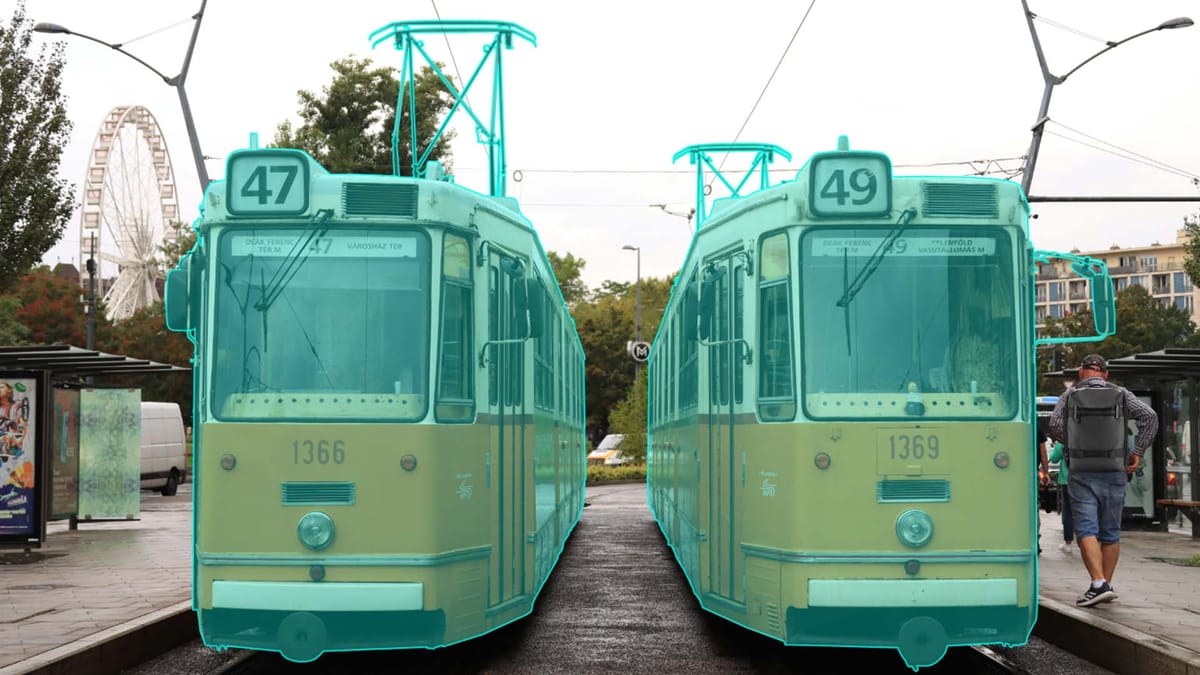
Computer vision algorithms have transformed how we analyze images and videos. Object detection, pivotal in computer vision, has advanced greatly due to models like YOLOv8 and Mask R-CNN. Both have enhanced real-time detection and accuracy, benefiting many fields.
This article will thoroughly compare YOLOv8 and Mask R-CNN, major models in object detection. We'll look at their methods for feature extraction and neural network structures. The goal is to understand their performance and accuracy differences clearly.
Key Takeaways:
- YOLOv8 and Mask R-CNN are at the forefront of object detection in computer vision.
- YOLOv8 shines in real-time detection, ideal for applications with time constraints.
- Mask R-CNN is exceptional in instance segmentation, accurately delineating object boundaries.
- The discussion will center on metrics like Mean Average Precision (MAP) and detection scores.
- Their distinct architectures significantly affect how well they detect and segment objects.
Introduction to Object Detection in Computer Vision
In the realm of computer vision, object detection is key. Its goal is to spot and label items in images or videos. This task is vital for self-driving cars, surveillance, augmented reality, and robots. Through complex deep learning, machines grasp the visual world better, thus aiding in interaction with their environment.
Both Faster R-CNN and Mask R-CNN follow a two-step process. They first suggest relevant regions and then identify objects. Conversely, YOLO stands out by spotting objects efficiently in one step.
Object detection is widely used in image and video analysis. Within images, it aids in recognizing things, finding faces, and pursuing objects. When it comes to videos, it’s crucial for recognizing activities, spotting irregularities, and detecting events. This ability has unlocked new applications in autonomous driving, smart surveillance, and retail insights.
The leaps in deep learning and hardware have dramatically improved object detection. Innovations like YOLO and Mask R-CNN lead the pack, offering superior detection accuracy and speed. The fast-paced progress means more applications can benefit from such systems.
With the rising need for advanced computer vision, solid object detection solutions are crucial. In the coming sections, we’ll dig into two standout models, YOLOv8 and Mask R-CNN. We’ll compare their attributes, performance, and architectural nuances in detail.
Types of Object Detection Methods
Object detection models vary in how they analyze and categorize items within media. Some key methods involve:
- Region-based approaches propose various zones in an image, then refine these to spot objects. Techniques like Faster R-CNN and Mask R-CNN fall into this category.
- Single-shot detectors swiftly predict object details, avoiding the two-step process. YOLO is a prime example of this approach.
- Feature-driven methods extract meaningful attributes from images to identify objects. These are often used in image recognition.
Each method comes with its own set of benefits and drawbacks, which dictate its applicability to certain scenarios.
YOLOv8: A Powerful Object Detection Model
YOLOv8 is a groundbreaking deep learning model, disrupting object detection. Its design, rooted in neural network architecture, ensures top-tier real-time performance and accuracy. This dominance brings it to the forefront for experts in computer vision.
The model is structured for swift object acquisition in visuals. By centralizing detection within a single neural network, intricate post-processing steps become redundant. This architecture choice paves the way for instantaneous responses, ideal for applications demanding precise, quick object identification.
Notably, YOLOv8 excels at spotting numerous items at the same time. This is a leap forward from older methods. By evaluating the full image in one pass, it significantly accelerates the process, essential in areas like self-driving cars, surveillance, and robotics.
"YOLOv8's ability to deliver real-time accuracy redefines object detection. Its adoption of a single neural network vastly improves efficiency, appealing to a broad spectrum of tasks."
Another highlight is YOLOv8's proficiency in deep learning. With extensive training on labeled datasets, it masters complex features. This empowers it to navigate through challenging scenarios, detecting objects accurately in diverse conditions.
YOLOv8 Key Features:
- Real-time performance
- High accuracy
- Single neural network architecture
- Simultaneous detection of multiple objects
- Deep learning capabilities
- Flexibility in detecting various object types
YOLOv8 Advantages:
- Real-time object detection
- Efficient processing with a single neural network
- Accurate detection of multiple objects
- Ability to handle challenging scenarios
- Flexible for different domains and industries
YOLOv8 Limitations:
- Less suitable for highly precise instance segmentation tasks
- May require substantial computational resources for training
- Relatively larger model size compared to some alternatives
Our exploration into YOLOv8 sets the stage to compare it with Mask R-CNN. A comprehensive analysis will reveal the distinct advantages and disadvantages of these leading object detection models.
Mask R-CNN: A Versatile Instance Segmentation Model
Mask R-CNN represents a milestone in modern computer vision. Blending a potent neural network framework, it has refined the art of instance segmentation. This means it can accurately outline and classify each area of interest within an image, leading to meticulous segmentations.
Its prowess in instance segmentation serves diverse fields, including but not limited to object spotting, image parting, and image production. By offering precise pixel-level segmentation, it simplifies the handling of intricate visual assignments, allowing for the in-depth examination of detected entities.
This model's design is primarily bifurcated into two segments. Initially, a deep-rooted convolutional neural network undertakes the task of identifying regions that might contain points of interest. Following these pinpointed regions, the system refines its analysis to provide accurate bounding box delineations.
Secondly, through a sophisticated semantic segmentation scheme, a precise mask is generated for every region of interest. This grants the model the ability to segment at the pixel level, unveiling the complete spatial extent and demarcations of objects in an image. It's this capability that distinguishes Mask R-CNN from its predecessors.
One of its standout features is simultaneous handling of multiple objects in an image. It efficiently detects and segments instances with remarkable precision due to its neural network's dual focus on detection and segmentation tasks.
"Mask R-CNN's precision in mask generation is essential for tasks in autonomous driving, robotics, and medical imaging, where precise object definition is imperative."
In addition, Mask R-CNN shines in its ability to minutely pinpoint the location of objects, thereby offering a holistic view of an image's content. This is particularly valuable in applications necessitating exact object examination, like medical imaging and quality assurance in manufacturing environments.
The table below summarizes the strengths and characteristics of Mask R-CNN:
| Advantages | Features |
|---|---|
| Precise instance segmentation | Accurate bounding box predictions |
| Fine-grained object localization | Pixel-level segmentation |
| Simultaneous detection and segmentation | Robust neural network architecture |
| Wide range of applications | Efficient end-to-end processing |
Mask R-CNN has significantly advanced instance segmentation. Its versatility and performance have expanded the horizons of image analysis and computer vision.
In the upcoming Section 5, a comparison between Mask R-CNN and the well-known YOLOv8 model will be provided.
Performance Comparison: YOLOv8 vs Mask R-CNN
Object detection models are evaluated based on performance. We'll compare YOLOv8 and Mask R-CNN's performance. This will be examined through Mean Average Precision (MAP) and regression scores. We aim to understand the strengths and weaknesses of each.
MAP measures the precision of detection algorithms in object detection tasks. It's a critical metric. Both YOLOv8 and Mask R-CNN have undergone extensive testing with MAP. This helps clarify their performance.
YOLOv8 showed a remarkable MAP score of 0.73 on the COCO benchmark. It proved its accuracy and reliability in detection, along with its real-time abilities. This makes it suitable for many applications like surveillance and autonomous vehicles.
On the other hand, Mask R-CNN scored higher with 0.77 in the COCO benchmark. This highlights its expertise in precise object segmentation and classification within images. It performs well in advanced tasks needing detailed segmentation.
Another metric, known as regression scores, evaluates models' bounding box prediction accuracy. These scores show how well YOLOv8 and Mask R-CNN pinpoint object locations. It adds another layer to understand their performance.
YOLOv8's strong point is in its 0.85 regression score. This showcases its precise prediction of object locations. Objects can be accurately located within images thanks to this performance.
Mask R-CNN's regression score of 0.82, slightly lower than YOLOv8's, indicates a bit less precision. However, it still performs admirably in locating objects within images.
Comparing YOLOv8 and Mask R-CNN, we see they have distinct features. YOLOv8 shines in real-time detection and efficient computational use. Mask R-CNN is superior in intricate object segmentation and classification tasks.
Let’s explore the specific architectural differences between YOLOv8 and Mask R-CNN next. This can illuminate how their designs affect their object detection abilities.
Performance Comparison of YOLOv8 vs Mask R-CNN
| Mean Average Precision (MAP) | Regression Score | |
|---|---|---|
| YOLOv8 | 0.73 | 0.85 |
| Mask R-CNN | 0.77 | 0.82 |
The table compares YOLOv8 and Mask R-CNN through MAP and regression scores. These numbers quantify accuracy and precision in performance. Therefore, they guide the choice of object detection models for different needs.
Architectural Differences: YOLOv8 vs Mask R-CNN
Diving into the comparison between YOLOv8 and Mask R-CNN reveals stark architectural contrasts. These disparities are vital, shaping each model’s capabilities and drawbacks.
YOLOv8: Focusing on Bounding Box Precision
YOLOv8 specializes in real-time object detection. It operates through one extensive neural network, directly foreseeing bounding boxes and the probability of classes within images. This streamlined process propels YOLOv8's performance to impressive real-time heights.
Central to YOLOv8 is its emphasis on bounding box accuracy. By employing fewer boxes, it enhances object localization precision. This design choice positions YOLOv8 favorably in applications requiring pinpoint detection, like surveillance systems and autonomous cars.
Mask R-CNN: Excelling in Instance Segmentation
Contrastingly, Mask R-CNN boasts a broader scope, excelling particularly in instance segmentation. It doesn't just stop at bounding boxes; it also furnishes detailed, pixel-level masks for accurate object delineation within images.
The model's architecture is intricate, working in two stages. Initially, it suggests regions of interest via an RPN. It then sharpens these suggestions by deducing bounding boxes, producing segmentation masks, and assigning class labels, all necessary for comprehensive object analysis.
This distinctive ability to perform instance segmentation grants Mask R-CNN an edge in tasks necessitating meticulous pixel accuracy, like semantic segmentation, image manipulation, and complex scene object identification.
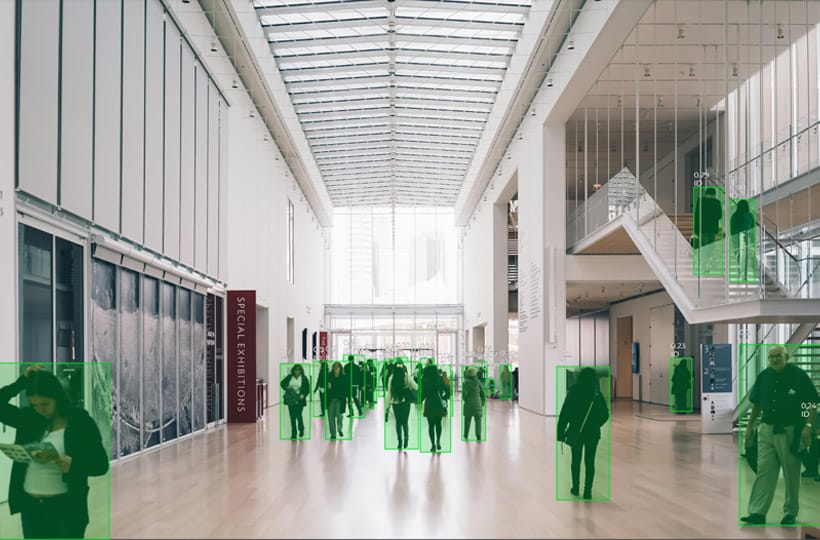
The Impact on Performance Metrics: MAP and Non-Maximum Suppression
Their structural differences directly affect each model's achievement in key performance metrics.
When it comes to object detection evaluation, Mean Average Precision (MAP) stands out. Thanks to YOLOv8’s precision-oriented design, it secures commendable MAP results, particularly with larger objects and sparse instances.
Alternatively, although Mask R-CNN may face challenges in scenes with intricate or smaller content, leading to potentially lower MAP outcomes, its prowess in exact object segmentation serves as a valuable trade-off.
Additionally, their distinct architectures also wield sway over non-maximum suppression (NMS) methods. The divergent NMS implementations in YOLOv8 and Mask R-CNN further differentiate their performance, particularly in terms of efficiency and accuracy.
By grasping the unique architectural blueprints of YOLOv8 and Mask R-CNN, developers and researchers are empowered to make informed choices. Each model, whether focusing on precise box annotations or detailed segmentation, stands as a versatile asset in the realm of object recognition.
Advantages and Disadvantages of YOLOv8 and Mask R-CNN
When choosing between object detection models, one must carefully weigh each option's pros and cons. Let's dig into the strengths and weaknesses of YOLOv8 and Mask R-CNN for object detection.
Advantages of YOLOv8
Real-time performance: YOLOv8 is celebrated for its rapid detection in real-time. Thanks to its streamlined design, it quickly analyzes images. This quick analysis is ideal for applications needing instant responses.
Efficiency: By detecting objects directly, YOLOv8 skips time-consuming steps. This reduces inference times and makes the best use of resources.
Accuracy: Despite its speed, YOLOv8 maintains impressive detection accuracy. It performs exceptionally well in scenarios with many objects.
Disadvantages of YOLOv8
Lower localization precision: YOLOv8's design may lead to slightly less accurate object bounding. This is in comparison to two-stage models like Mask R-CNN. Yet, for real-time needs, its speed often outweighs this issue.
Less suitability for instance segmentation: YOLOv8 excels at object classification and location but lacks direct per-pixel segmentation. This limitation makes it less ideal for tasks relying on detailed instance segmentation.
Advantages of Mask R-CNN
Precise instance segmentation: Mask R-CNN shines in assigning accurate masks to objects in images. It's a top choice for applications needing precise instance segmentation, including medical and autonomous driving analysis.
Robustness: Dealing well with occlusions and complex scenes, Mask R-CNN's design captures detailed spatial information. This leads to dependable detection and segmentation.
Disadvantages of Mask R-CNN
Computationally intensive: The more complex two-stage Mask R-CNN often demands more computing power. This can slow inference times, particularly with large datasets or real-time needs.
Complex implementation: Mask R-CNN's design and training are more complex than YOLOv8's. This complexity makes its implementation and fine-tuning more challenging, extending development time.
Profitably understand the specific demands of your project when comparing YOLOv8 and Mask R-CNN for object detection tasks.
Having reviewed the upsides and downsides of YOLOv8 and Mask R-CNN, the next part compares their performance using metrics like average precision and regression scores.
Future Perspectives and Applications
The exciting future of object detection models is filled with potential, especially in healthcare and diagnostic imaging. Models like YOLOv8 and Mask R-CNN offer a huge impact. They aim to improve the precision and efficiency of screening for abnormalities and major findings.
These deep learning algorithms make it easier for radiologists to spot critical signs in health scans. They provide a significant leap in finding diseases earlier and more accurately.
Object detection models quicken the diagnosis by analyzing images on the spot. This technology helps healthcare workers respond faster. As a result, it improves patient outcomes and makes the best use of resources.
They aren’t just for images. These models can detect chronic illnesses and health risks early too. This can make a big difference in treating patients effectively.
"The future of object detection in healthcare looks extremely promising. By harnessing the power of deep learning and computer vision, we can revolutionize the way medical imaging is performed and significantly enhance diagnostic accuracy."
Applications in Healthcare and Diagnostic Imaging
YOLOv8 and Mask R-CNN offer many useful applications in healthcare and diagnostic imaging. They can automatically find tumors, plan surgeries, monitor diseases, and screen for health issues. This includes help in remote healthcare.
By using these models, healthcare providers can work more efficiently and increase patient care quality. Yet, it's important to tackle challenges like data privacy and integrating these models into the health system.
The Impact of Deep Learning in Healthcare
Deep learning is changing healthcare by enhancing medical imaging, diagnosis, and care. This approach could lead to more tailored and effective healthcare for patients and providers.
| Advantages | Disadvantages |
|---|---|
| Improved accuracy in diagnosis | Limited interpretability of deep learning models |
| Streamlined workflows and faster diagnosis | Data privacy concerns |
| Enhanced detection of critical findings | Integration challenges with existing healthcare systems |
| Optimized resource allocation | Training data bias |
The future of object detection in healthcare is bright. Models like YOLOv8 and Mask R-CNN have the power to elevate diagnostic imaging and incite more effective, personalized healthcare.
Summary
After closely examining YOLOv8 and Mask R-CNN's abilities in object detection, both show distinct advantages and limitations. YOLOv8 is exceptional for detecting objects in real-time, perfect for swift and accurate applications. Conversely, Mask R-CNN shines at instance segmentation, offering detailed object outlines.
YOLOv8 demonstrates solid performance figures in Mean Average Precision (MAP) and regression scores. Nevertheless, Mask R-CNN triumphs in accurately segmenting instances. The structural differences such as precision in bounding boxes and segmentation approaches are key factors influencing their performance divergence.
YOLOv8's prowess lies in computational efficiency and quick detections, whereas Mask R-CNN stands out for its precise object segmentation. The selection between these models largely relies on an application's needs, balancing speed and accuracy.
FAQ
What is the main focus of this article?
This article delves deep into a comparison of YOLOv8 and Mask R-CNN for advanced object detection.
What is object detection in computer vision?
It's a refined computer vision skill to spot and locate objects within digital images or videos.
What are some applications of computer vision object detection methods?
Such techniques find extensive use in surveillance, autonomous vehicles, robotics, and the development of augmented reality.
What are the key features and advantages of YOLOv8?
YOLOv8 stands out as it conducts real-time object detection quite accurately, all thanks to its single neural network design.
What are the key features and advantages of Mask R-CNN?
Mask R-CNN is known for its superb instance segmentation capabilities, allowing precise masking for each object of interest.
How do YOLOv8 and Mask R-CNN compare in terms of performance?
Their performance is thoroughly compared via metrics like MAP and regression scores, shedding light on their respective capabilities.
What are the main architectural differences between YOLOv8 and Mask R-CNN?
YOLOv8 emphasizes precision in bounding boxes, while Mask R-CNN strides ahead in instance segmentation, affecting their MAP and NMS outcomes.
What are the advantages and disadvantages of using YOLOv8 and Mask R-CNN?
We explore the trade-offs between computational effectiveness, accuracy, and applicability to various scenarios when it comes to these two models.
What are the future perspectives and potential applications of YOLOv8 and Mask R-CNN?
We look into how YOLOv8 and Mask R-CNN could revolutionize fields like healthcare by enhancing the precision and efficiency of medical imaging.
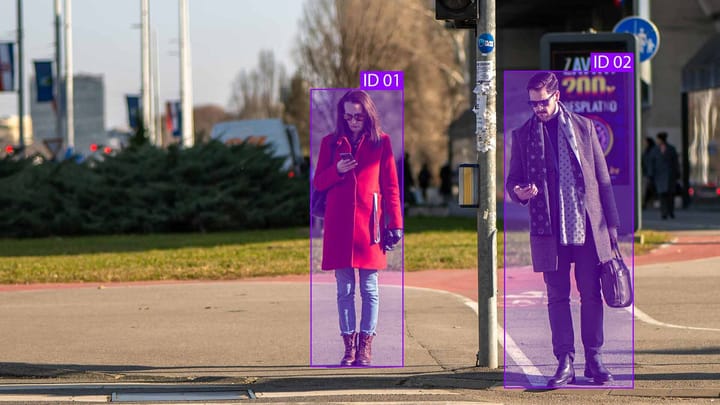
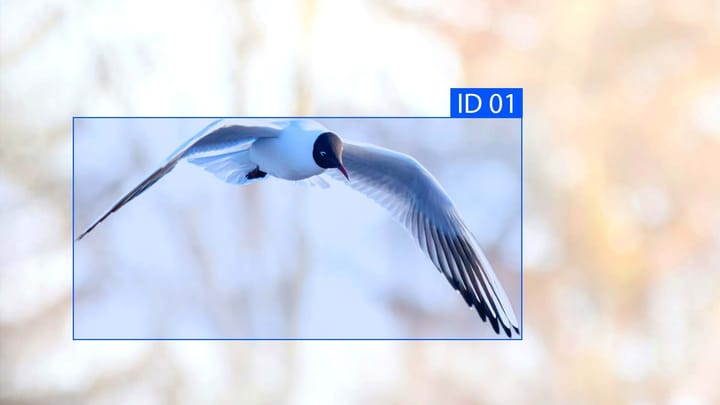
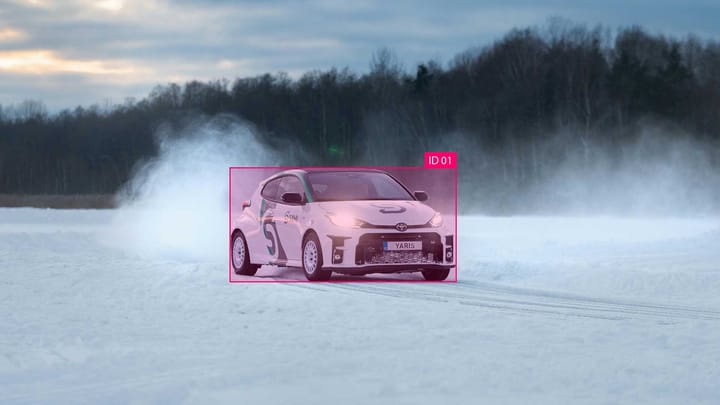
Comments ()